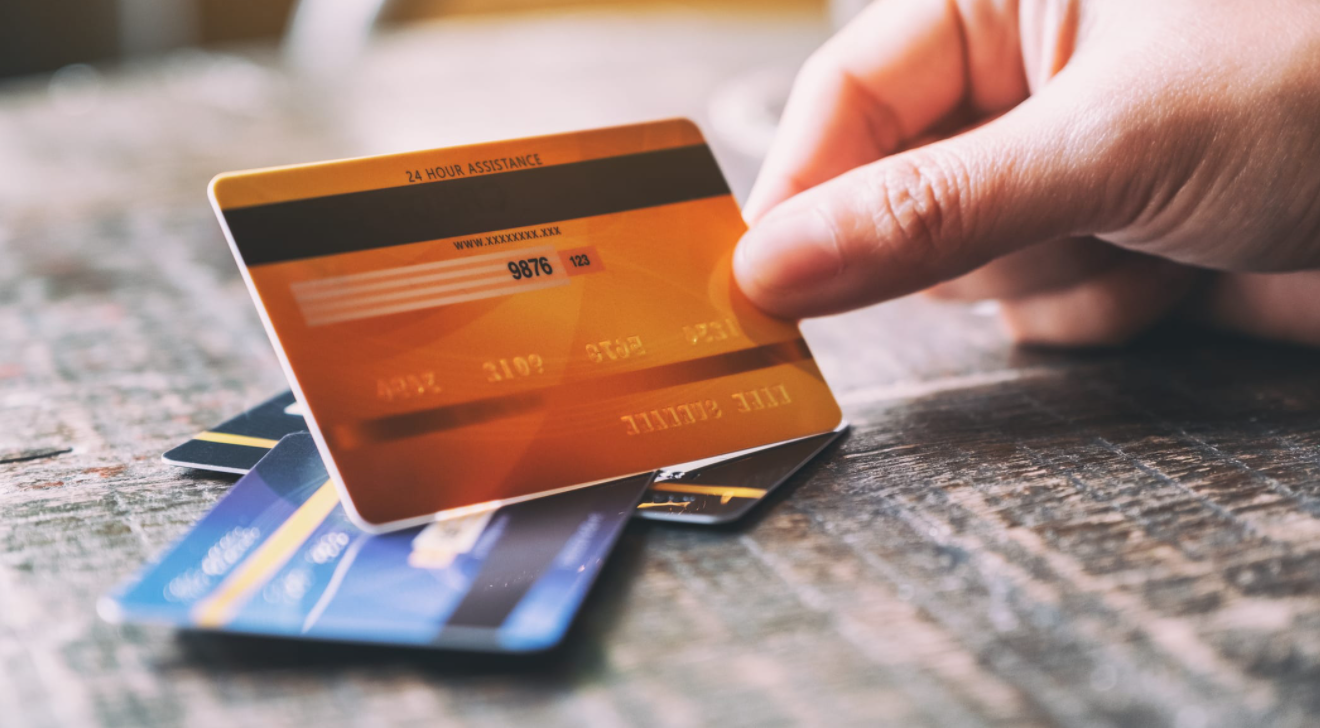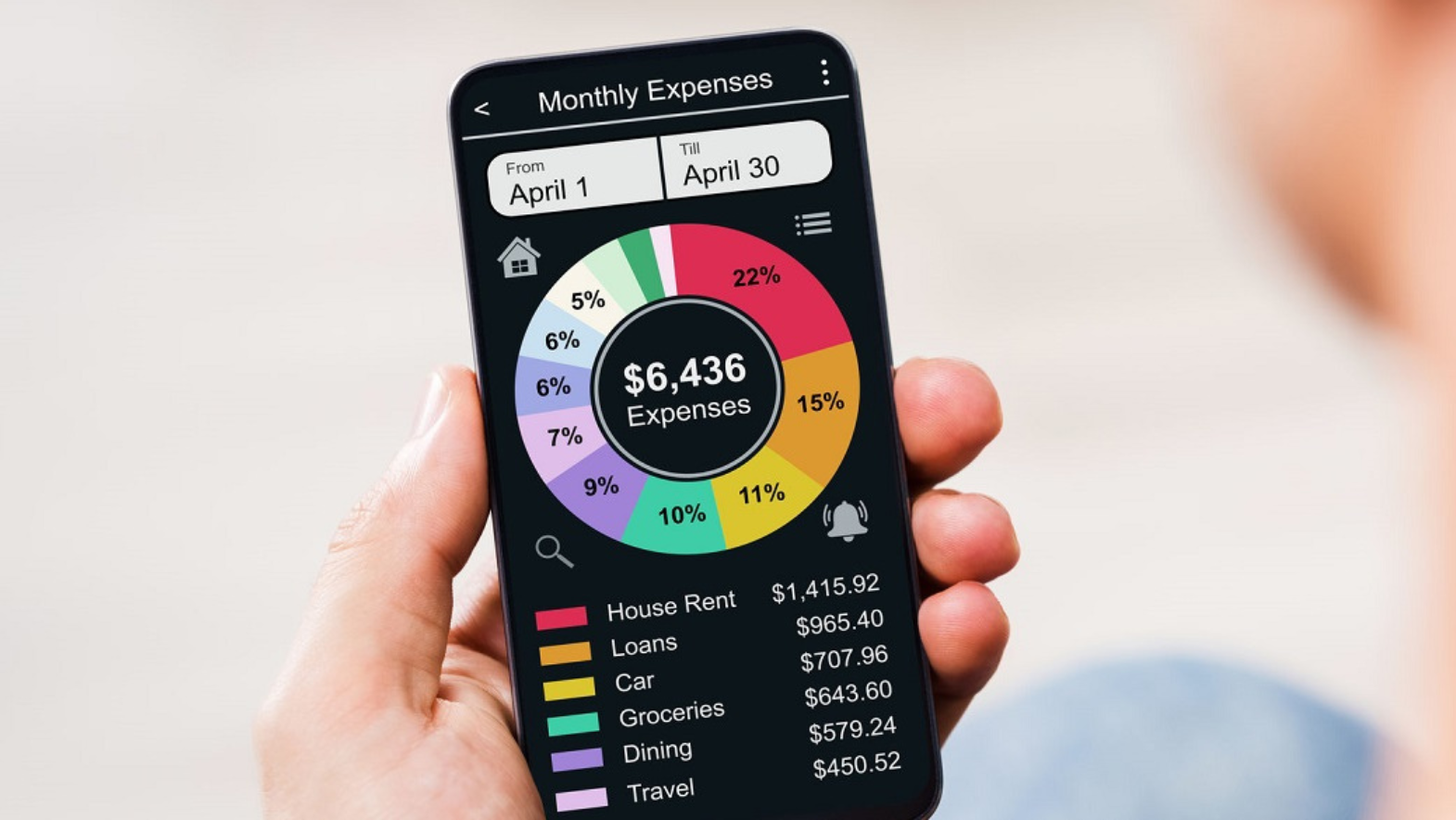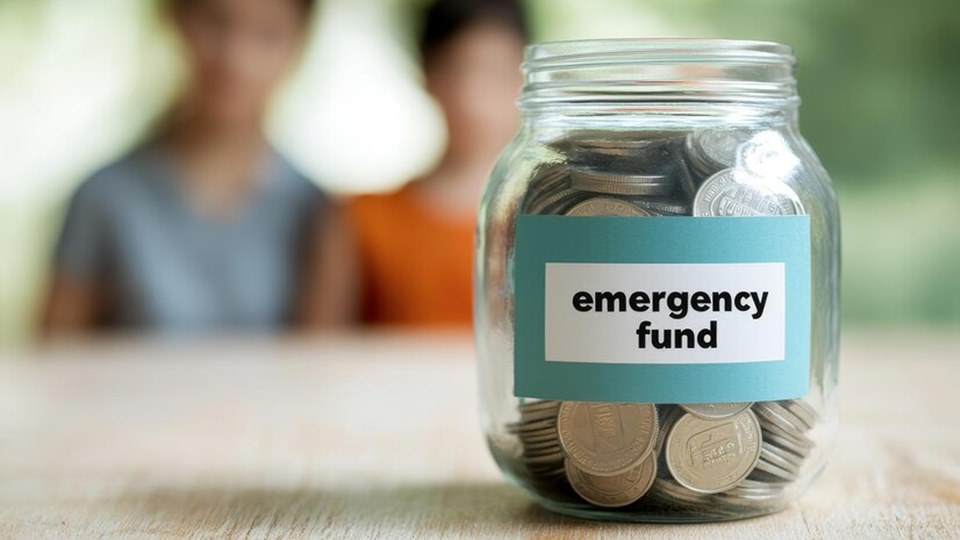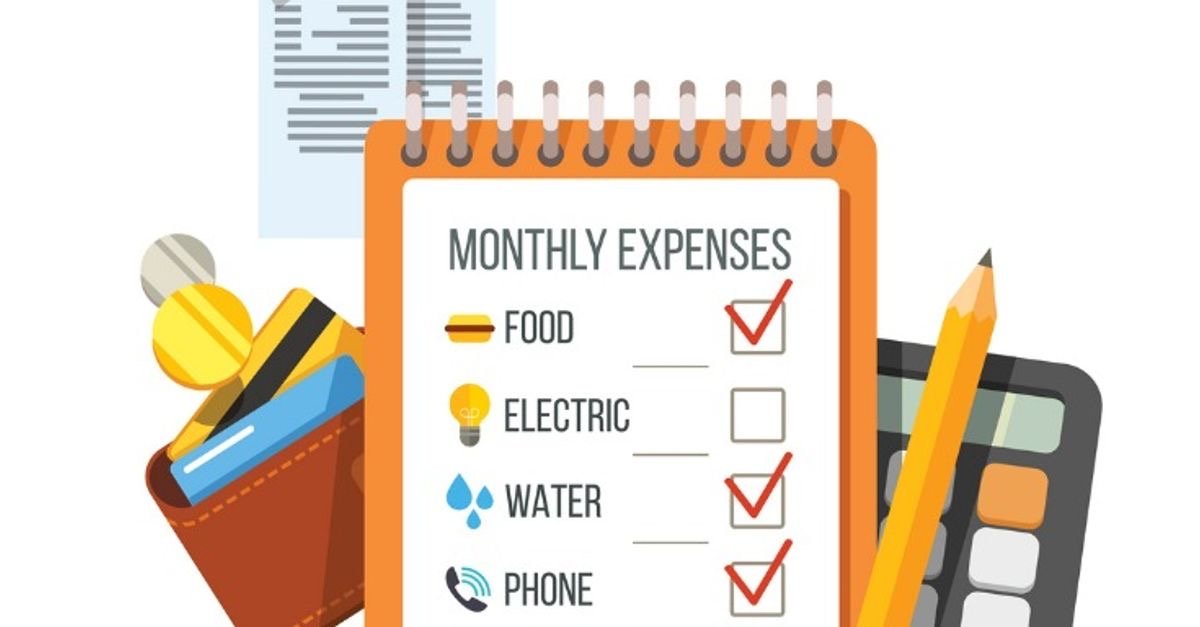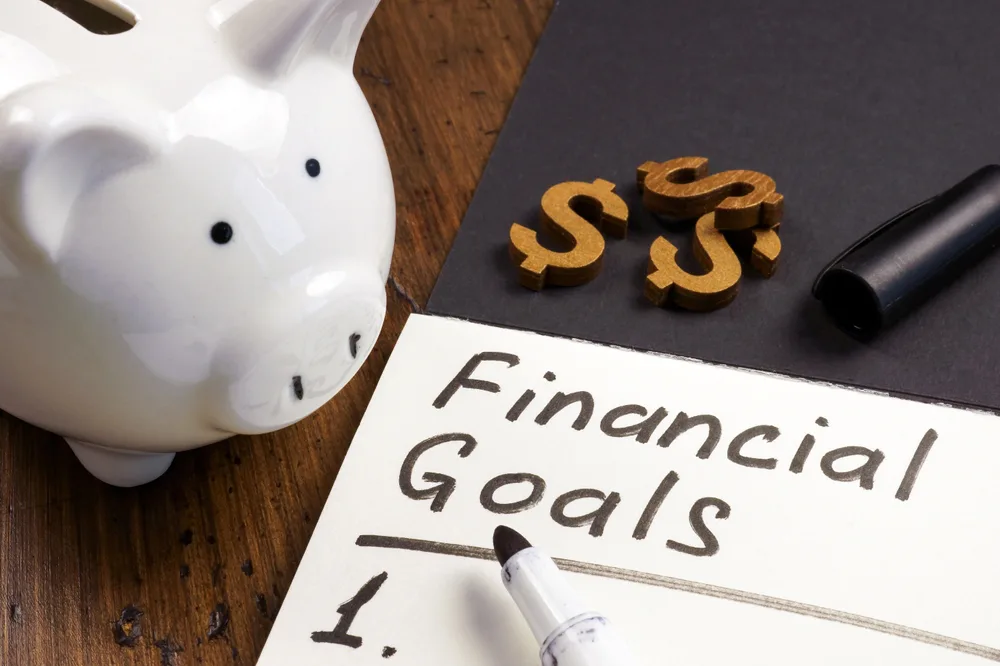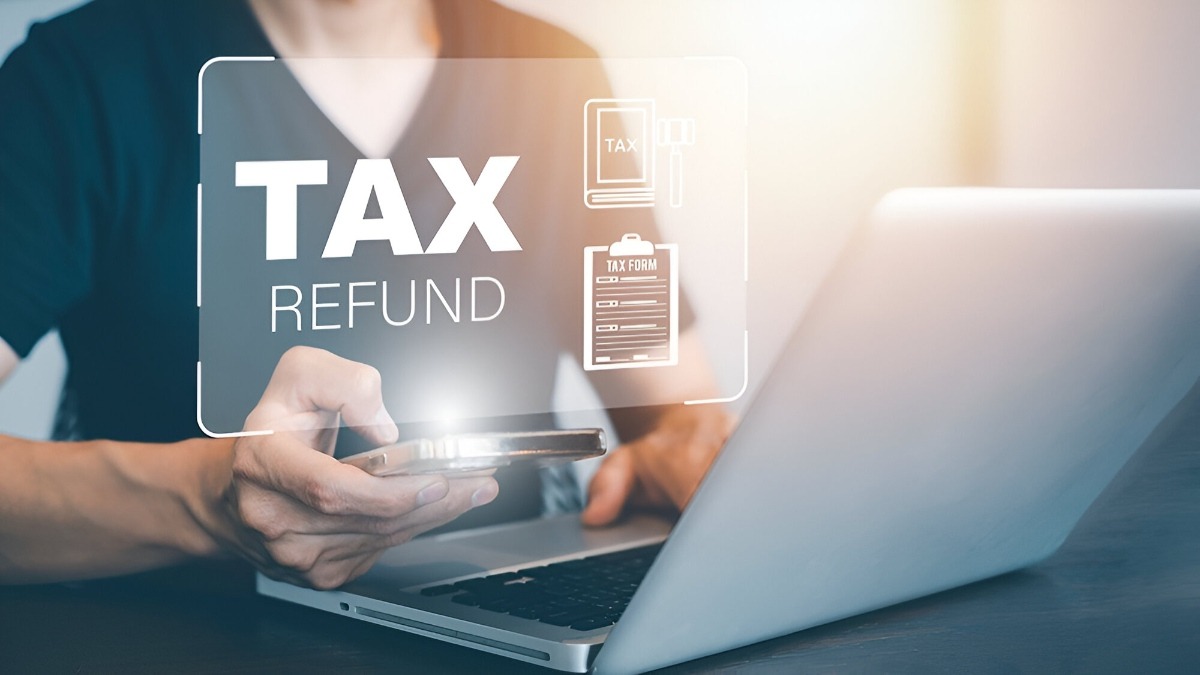Most financial experts agree: an emergency fund is one of the most important parts of any money plan. Why? Because when life throws a curveball — and it will — you won’t need to rely on credit cards, loans, or borrowing from friends just to stay afloat.
But here’s the challenge: starting from zero feels overwhelming. Maybe your paycheck barely covers your bills, or saving feels like something you’ll “get to eventually.”
The truth is, even a small emergency fund can make a big difference. Let’s break it down step-by-step, so you can start building your buffer today — no matter your income.
Step 1: Set a Realistic Goal
You’ve probably heard you should save 3–6 months of expenses. That’s great advice — but if that number feels impossible, start smaller.
Begin with a micro-goal:
-
$100 = enough to cover a surprise utility bill
-
$500 = a car repair or medical copay
-
$1,000 = basic safety net to avoid falling into debt
Once you hit that first milestone, aim higher — but the key is starting with something achievable to build momentum.
Step 2: Open a Separate Savings Account
Keep your emergency fund out of reach — but not too far out of reach. Mixing it with your checking account makes it too tempting to dip into for non-emergencies.
Look for:
-
A high-yield savings account (online banks often offer better rates)
-
No monthly fees
-
Easy transfer access, but no debit card attached
Pro tip: Give it a nickname like “Safety Net” or “Future Me” to remind you what it’s for.
Step 3: Make Saving Automatic
If you wait to “see what’s left” each month, you’ll rarely have anything left. Instead, treat savings like a bill — a non-negotiable.
Ways to automate:
-
Set up a direct deposit from your paycheck into your savings account
-
Use auto-transfers from checking to savings every payday
-
Try apps like Qapital or Chime that round up your purchases and save the difference
Even $5–$10 per week adds up. What matters most is consistency, not size.
Step 4: Cut Costs — Temporarily
You don’t need to overhaul your lifestyle forever. But to jumpstart your emergency fund, consider short-term sacrifices.
Ideas to free up cash:
-
Cancel a streaming service (just one!)
-
Make coffee at home for a month
-
Pause takeout and cook simple meals
-
Sell unused items around your home
Challenge: Try a no-spend weekend or a 30-day budget challenge where any extra goes directly into savings.
Step 5: Track Windfalls and Funnel Them Into Savings
Unexpected money is the perfect boost for your emergency fund.
Sources might include:
-
Tax refunds
-
Work bonuses
-
Birthday or holiday cash gifts
-
Rebates or refunds
-
Selling old furniture or tech
Instead of letting it disappear into everyday spending, treat it like a gift to your future self.
Step 6: Use Side Income Wisely
If your main income barely covers expenses, think about ways to bring in a little extra. This doesn’t have to be a long-term hustle — just enough to build your fund faster.
Options include:
-
Freelancing or gig work (writing, graphic design, pet sitting, etc.)
-
Delivering food or groceries in your spare time
-
Renting out a parking spot or storage space
-
Selling handmade crafts online
Set a goal: “I’ll do this until I reach $500,” and keep your side money separate to avoid mixing it with spending cash.
Step 7: Know What Counts as an Emergency
Building a fund is one thing — protecting it is another. Avoid tapping into your emergency money for non-urgent wants or predictable expenses (like annual car insurance or holiday gifts).
True emergencies include:
-
Job loss or reduced hours
-
Medical or dental emergencies
-
Urgent home or car repairs
-
Unexpected travel for family crises
Tip: For non-emergency savings (vacations, birthdays, etc.), set up separate mini-funds to avoid dipping into your safety net.
Step 8: Celebrate Progress, Then Keep Going
Saving $1,000 from scratch is a huge win. Once you hit your first goal, don’t stop — scale up.
Next targets:
-
1 month of basic living expenses
-
3 months
-
6 months for extra security (especially if you're self-employed or supporting a family)
The more you build, the more freedom and flexibility you’ll have in tough times.
Final Thoughts: Start Small, Stay Consistent
Building an emergency fund from scratch might feel slow at first — but it’s one of the most empowering financial moves you can make. It’s your buffer between stress and stability, between panic and peace of mind.
Takeaway: Start where you are, even if that’s saving $5 this week. Open the account, set a goal, make it automatic, and stay consistent. Over time, those small steps will build a foundation strong enough to weather life’s unexpected storms — and that’s priceless.


